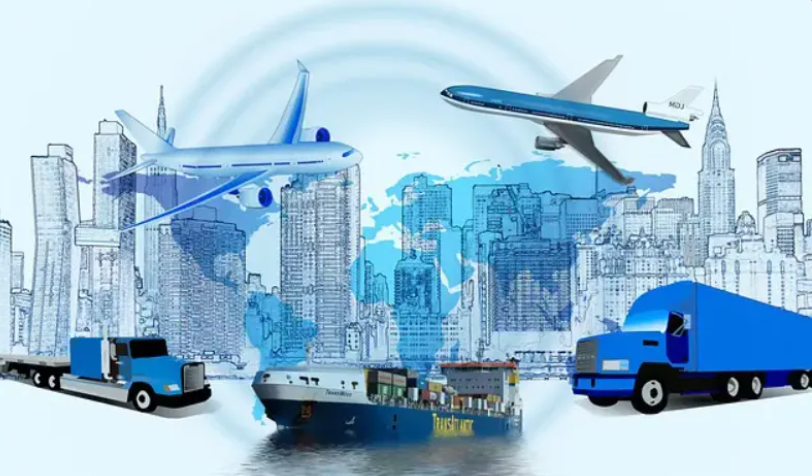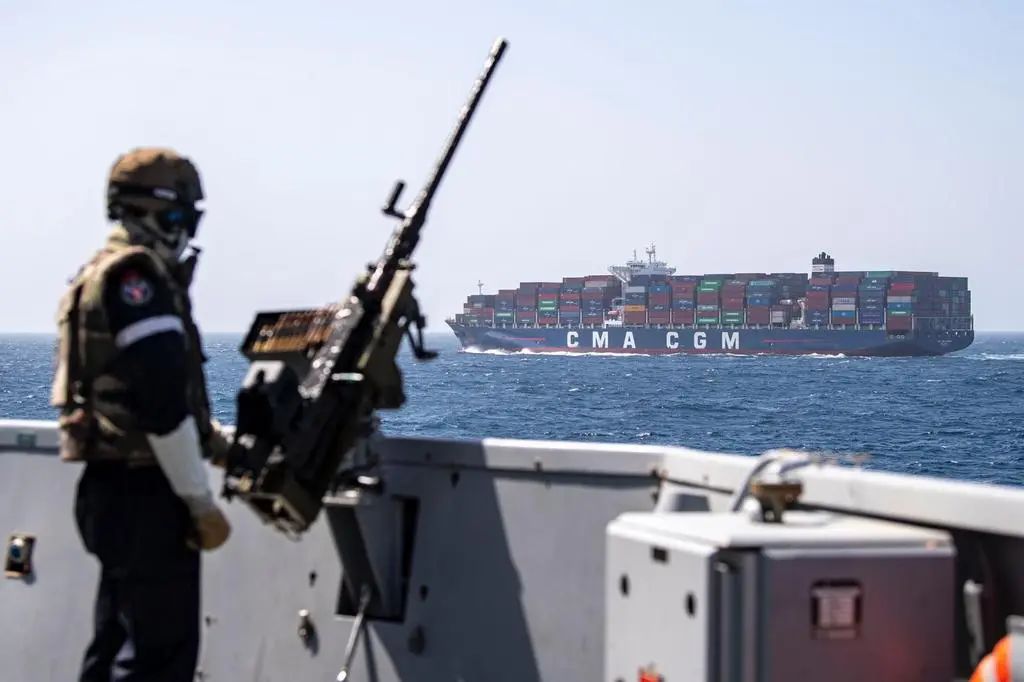The year 2025 is here, trans-Pacific container rates continue to rise, and there may be more increases in the future.
While early loading by importers to circumvent tariffs on Chinese goods imposed by President-elect Donald Trump helped U.S. portals post record volumes in November, freight rates remain bullish due to a number of looming factors in the coming weeks.
According to market news feedback, in the first half of January, the freight rate of the United States and West rose between 20% and 30%, which is expected to approach $6,000. Evergreen Shipping and Yangming Shipping raised their bulk container rates by $1,500 and $1,600, respectively, while Mediterranean Shipping (MSC) and Wanhai Shipping chose a relatively modest price increase strategy of $1,000. The U.S. East was also affected by the increase in freight rates, which rose between 16% and 18%, and the specific price range was $6,900 to $7,100. Due to the potential strike threat, most shipping companies have chosen to raise freight rates to deal with the potential risk. Among them, Evergreen Shipping, Yangming Shipping and ONE increased by $1,050, $1,100 and $1,175, respectively.
According to relevant sources, several head shipping companies have no low-cost cabins in the first half of January.
Drury expects trans-Pacific trade rates to rise in the coming week, driven by the early loading of the impending ILA port strike in January 2025 and the expected tariff hikes by the incoming Trump administration.
On the one hand, the growth of global trade and the adjustment of supply chains will continue to drive the growth of transportation demand. On the other hand, shipping companies are also likely to continue to adopt price increase strategies in response to rising costs and potential policy risks.
In addition, in order to avoid potential risks and rising costs, some importers have chosen to transfer the goods originally planned to be transported through the trans-Pacific route to other routes or modes of transportation, which has eased the transportation pressure on the trans-Pacific route to a certain extent, thus inhibiting the further rise in freight rates. However, with the continued strong market demand and the tension on the supply side, the depressing effect of the transfer effect on the freight rate increase may gradually weaken.

Last
Asia-Pacific Contract Logistics Market to Grow by 42% in 2025
The latest report from logistics market research firm Ti Insight shows that the Asia-Pacific region is expected to maintain its le

Next
Detouring via the Cape of Good Hope: The "Red Sea Crisis" Unexpectedly Saves the Shipping Industry!
In 2024, the global container shipping industry, which was on the brink of a crisis due to excess capacity from new ships, witness




